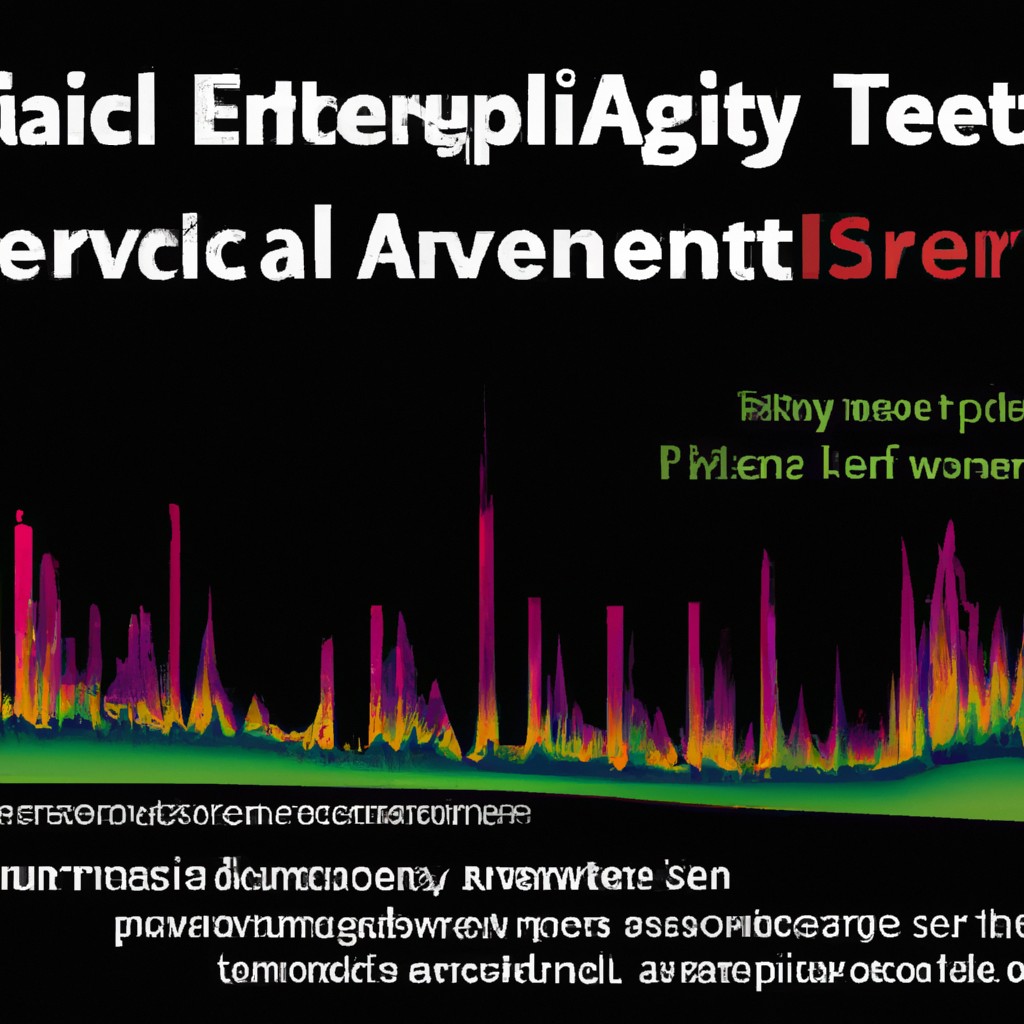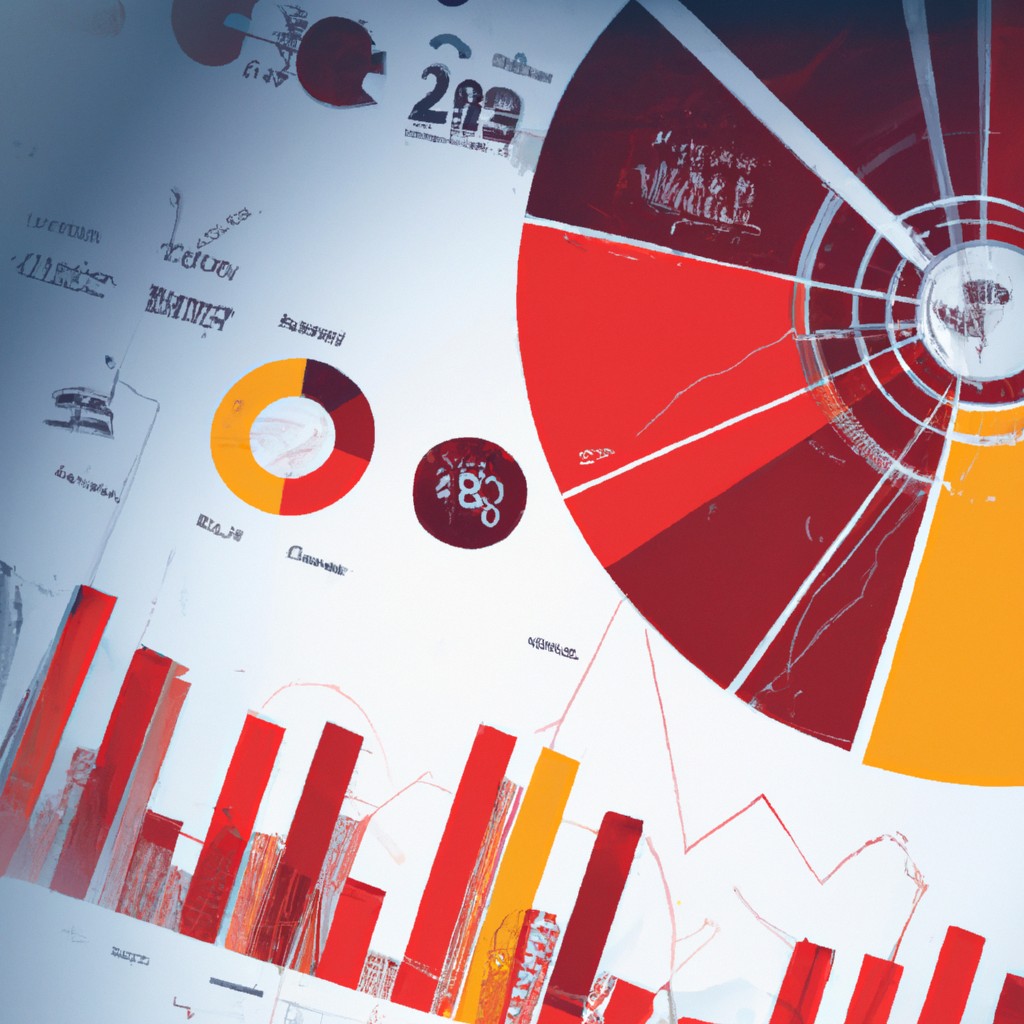Strategies for active management using exchange-traded funds

Active management using exchange-traded funds (ETFs) involves continuous monitoring of market trends and adjusting portfolios accordingly. By employing a dynamic approach, investors aim to outperform the market. These strategies focus on active selection of ETFs based on market conditions. Investors actively manage their investments to maximize returns and minimize risks. Implementing these strategies requires regular research and analysis of market movements. Successful active management using ETFs demands flexibility and adaptability to changing market environments. Investors strive to achieve superior results through strategic decision-making and proactive portfolio adjustments. Overall, active management with ETFs aims to capture opportunities in the market efficiently and effectively.
Read more
Benefits of exchange-traded funds for investors

Exchange-traded funds offer diversification, trading like stocks, low costs, transparency, and tax efficiency for investors. These funds track indexes, providing broad exposure to various sectors and asset classes. Investors, both small and large, find ETFs attractive due to their flexibility and ease of trading on stock exchanges. With intraday trading capabilities, ETFs provide liquidity allowing investors to buy or sell at market prices throughout the trading day. Additionally, the low expense ratios of ETFs help maximize returns by minimizing fees. Moreover, ETFs are tax-efficient as they typically have lower capital gains distributions compared to mutual funds, benefiting investors with potential tax savings.
Read more












